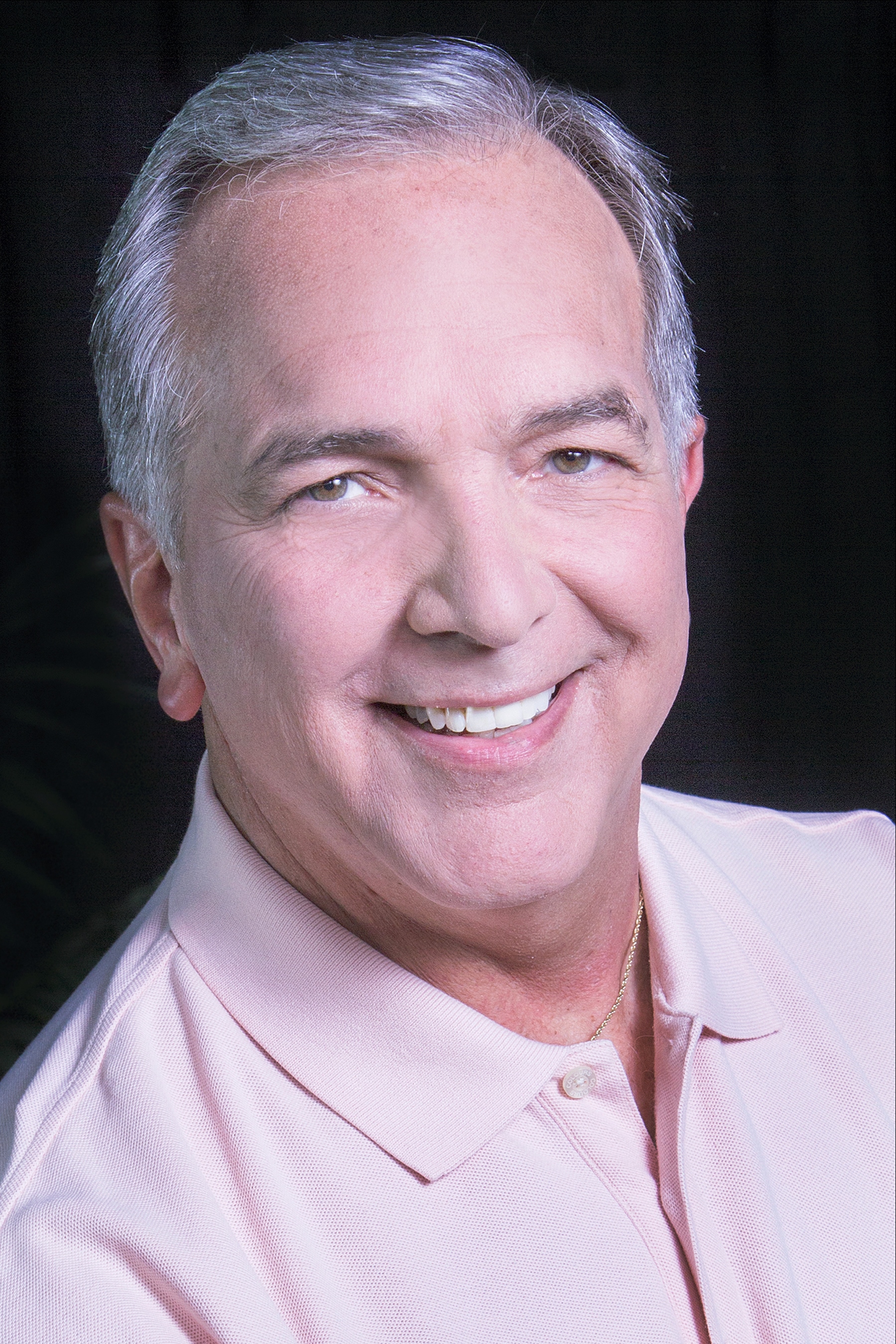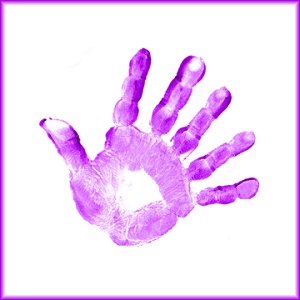|
AUDITIONS 7 Things (And A Bonus) You Can't Overlook Before Sending Your Voice Over Auditions November 10, 2015  By Dave Courvoisier By Dave CourvoisierVoice Actor & TV News Anchor There are maybe 15 to 20 things you CAN do before you send each voice over audition to a potential client, but these 7 points cannot be overlooked. They are the Holy Grail of "must-do" actions on the pre-flight list - a "basic necessities" list of pertinent reminders. 1. FOLLOW THE SPECS ... OR DON'T I've heard both schools of thought on this, and there are good arguments on both sides. It just seems to me that if a client throws in a YouTube link for you to hear - and that's truly what they want from you - it might not hurt to give it a listen. On the other hand, we all know that a good many clients have no idea what they want, 'cause their directions make no sense, or are contradictory. Really good talent have a sixth sense about what a copy demands in terms of a read, and that's what they give. THAT read will certainly stand out from all the other reads that resemble the YouTube video. Or follow the next suggestion ... 2. GIVE ONLY ONE CUT ... OR TWO ... OR THREE A good rule of thumb I keep hearing is to give the client what they want (the YouTube video example) on the first cut, and then do your OWN take on the copy with the second cut. Got even more creativity? Give a third read in a character voice, or with a different pace. The worst that could happen is that they stop listening after the first cut. But if they keep listening, they may hear just what they want (but didn't say in the specs) in your second or third read. Just be sure to say how many takes you're offering in the slate. The only way this will get you in trouble is expressed in the next suggestion ... 3. ALWAYS SLATE ... OR NOT Some clients/agents absolutely demand a slate, and others absolutely demand that you DON'T slate. If you can or do slate, this would be the place to say how many cuts you're offering, along with the other verbiage you like to throw in. Some job leads come with specific instructions for what you should say in the slate. Some give no direction. I DO believe slates should not be long. Slates can or should not be done in character - your choice. And slates can or cannot be done by someone else. IF done by someone else, it should or should not be done by a person of the opposite gender. See? This gets confusing. And you'll see the entire spectrum of behaviors in job listings, which leads to the next suggestion ... 4. READ EVERYTHING IN THE LISTING TWICE - NO ... THREE TIMES The decision about how many cuts, whether to slate, and whether extra cuts will even be LISTENED-TO are often clearly spelled out in the listing (be it from a P2P, an agent, or a friend). Don't be too eager to get on with the audition and miss something important like good tips about timing, pacing, and scene descriptions if it's a TV ad. Every job has a different personality behind it, and you can often get a "feel" for the job through the reading material accompanying the copy - especially as it relates to the next point ... 5. PAY SPECIAL ATTENTION TO FILE-NAMING CONVENTIONS Some agents are so rabid about this, that the job lead comes with this clear admonition: "Failure to adhere to the exact request for naming this file will result in the audition being tossed out before even being heard."So just give 'em what they ask for! Were you one of those problem kids in Jr. High who couldn't follow directions? Then there are the job leads that come with no file-naming directions whatsoever - which leads me to my next suggestion ... 6. PUT YOUR PHONE NUMBER IN YOUR FILE NAME ... and for sure your name, but only if there are no other directions for file-naming. So, for instance, an audition for Parker University might be named: Parker_University_Courvoisier_702-610-6288.mp3You never know, something that simple might just get you the call for the job right then and there. And that brings us to the final stop on our checklist ... 7. DON'T FORGET TO ATTACH THE FILE! Believe it or not, this is a universally-common mistake. The agent/booking agent/P2P, etc. is not responsible for, and will not necessarily remind you to do so (although most P2P's will not let you finish the transaction without first uploading). Just train yourself to attach the file when you first open up a blank email to send - before you write anything, before you address anything, before you add a subject header ... ATTACH THE FILE. And here's a bonus suggestion ... YOUR REPLY SHOULD BE SHORT, PLEASANT, WITH THANKS Whoever is receiving the 200 auditions for this job has no time to read lengthy messages. Two to three short lines MAXIMUM.
Before clicking SEND, always double-check your work. Listen to your take(s) while reading along with the script. Pay close attention to any omissions, mispronunciations or extra words. This drives some clients crazy! Also check that the file is not glitchy or corrupt. Be sure that playback is error free. Play back your audition on an least two different speaker systems. Use different monitors, headphones, or computer speakers. That's a trick I've heard from more than one audio engineer. When the prospective client hears your audition, you have no idea what sort of equipment he/she will use. And I've heard that more than one agent/producer listens to auditions on car speakers on the way home. OK, Sparky? If I offered something you haven't heard before, I'm happy. If you knew all this stuff, I'm sorry you wasted your time. If you're confused, join the crowd! Regardless of my admonitions, sometimes you just have to figure out what's appropriate on your own, and hope you hit the mark. --------------------- ABOUT DAVE
Dave Courvoisier is an Emmy Award-winning broadcaster, writer, producer, voice actor, and the main weeknight news anchor on KLAS-TV, Channel 8, the Las Vegas CBS affiliate. He also writes Voice-Acting in Vegas, a daily blog of voice over adventures, observations and technology, and is author and publisher of the book, More Than Just A Voice: The Real Secret To VoiceOver Success. Email: CourVO@CourVO.com Web: http://www.courvo.com Blog: http://www.courvo.biz More Than Just A Voice: http://courvo.com/more-than-just-a-voice |
With Sean Daeley and Paul Stefano - check it out!
For essential voice-over business strategies
On Michael Langsner's Voice-Over Roadmap Podcast
Inspiring interviews help your VO career
As of the NEW website launch, 03/22/2012






.png)



I've been including my phone # in my audition file names for a long time, it's an excellent idea that I often share with others. I typically use TomTest_phonenumber_ClientName. Your example has the client name in the front. Do you think there is any advantage or disadvantage to whichever order one uses?
I'd expect that the listener will probably have a separate folder to hold all the auditions. If that is the case, I would think that putting your name FIRST would make it easier to find you.
Maybe this isn't a big deal either way, but anything I can do to make my client's job a little easier will give me an advantage. (By the way, something I've found that a lot of talent miss is to put their names in the file name for invoices. I sometimes am in a position to subcontract talent for a project, and I'll assemble the invoices myself and present one invoice to my client for all the talent services. It was frustrating to get an invoice named something like "GE_Invoice312" because I'd have NO idea who it was from unless I opened it, and I'd have to rename it myself. Lesson: make SURE you include your name on your invoices!)
I offer 2 or 3 takes on an audition and try to show "range," a variety of approaches which means that: This guy can take direction. He's not locked into one read.
Some really good insights and suggestions. Thanks, Dave.
Alan
Thanks for the reminders.